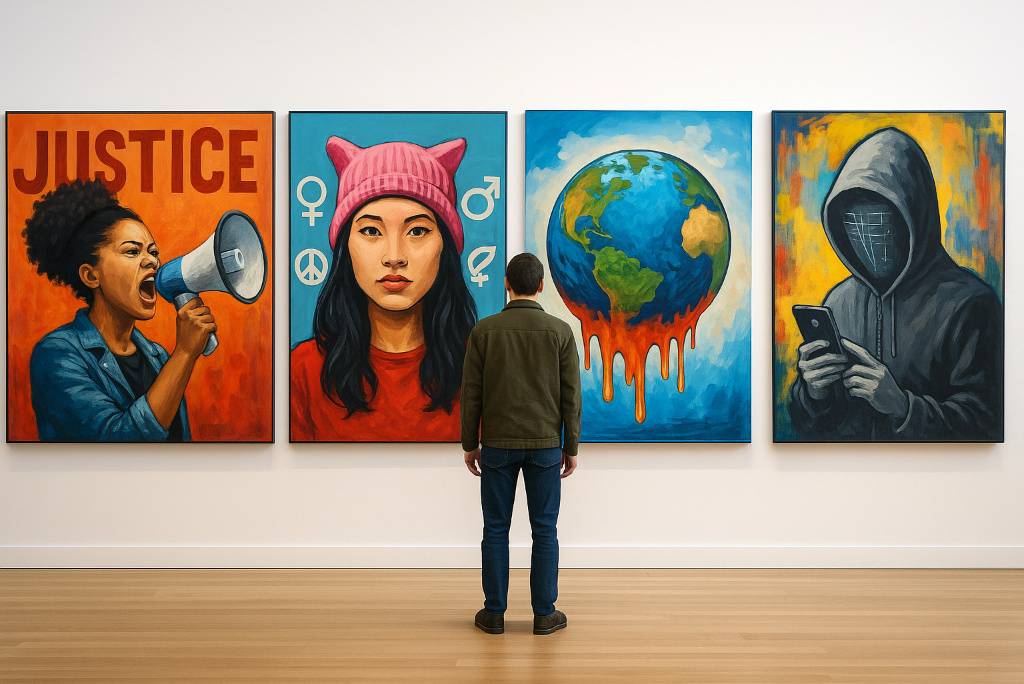From political upheavals to technological revolutions, the 21st century has been a whirlwind of change, and art has chronicled every turn. Artists worldwide have captured evolving identities, social justice movements, and digital transformations, creating work that serves both as a mirror and a map of our times. Exploring these artistic shifts reveals how profoundly intertwined art is with culture, politics, and human experience. Let’s dive into how art continues to echo, shape, and challenge the spirit of this remarkable century.
1. Digital Art and NFTs
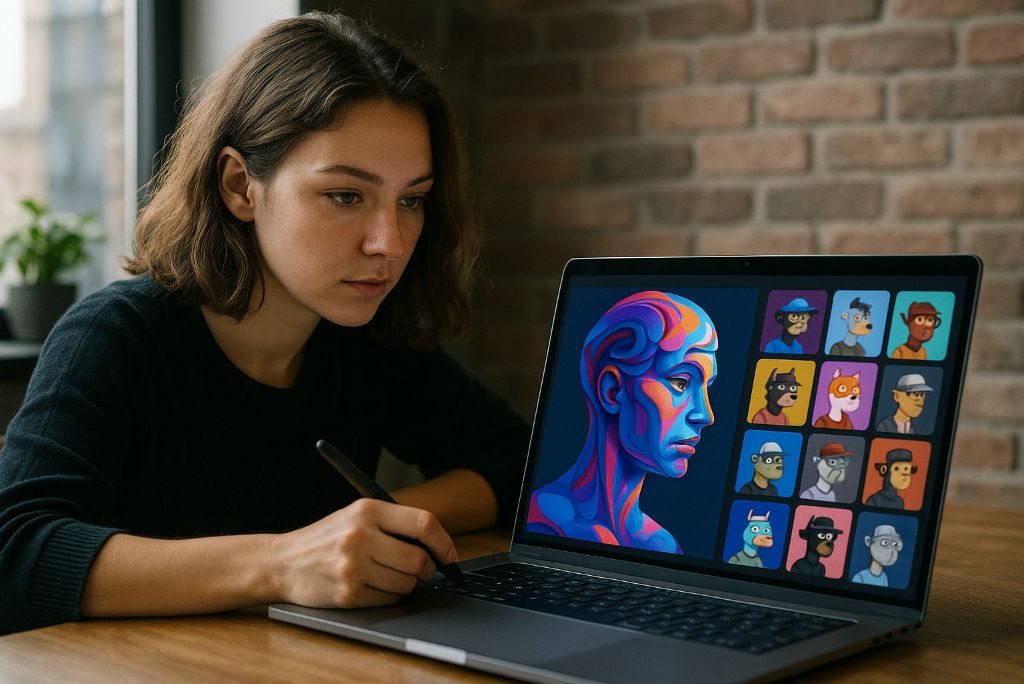
Digital technology revolutionized art creation and ownership. Non-Fungible Tokens (NFTs) emerged, allowing artists to monetize unique digital works. Artists like Beeple sold NFTs for millions, sparking debates about authenticity and value.
Digital art platforms like SuperRare and Foundation have created new spaces for artists marginalized by traditional galleries. While some critics call it a speculative bubble, others see NFTs as democratizing art ownership and challenging the power of elite institutions. Read more from The New York Times.
2. Social Justice Art
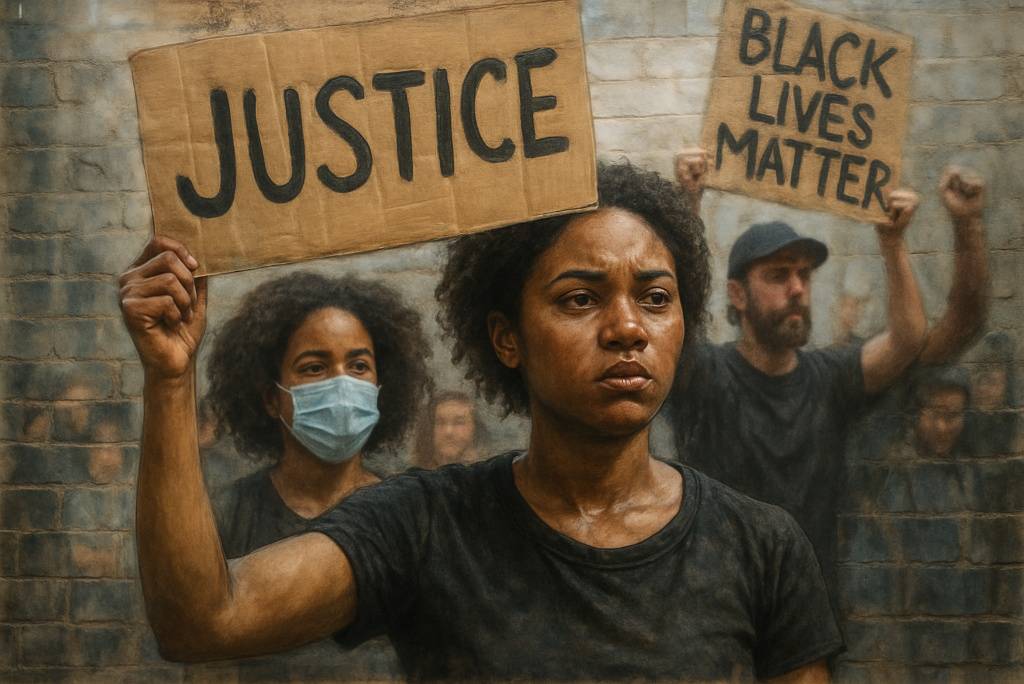
Art has become a critical vehicle for social justice. Murals honouring George Floyd, protest posters during Women’s Marches, and installations like JR’s “Inside Out Project” give visual form to movements demanding equity. Artists such as Kara Walker tackle racial history through monumental silhouettes.
This form of art transcends galleries, appearing in streets and public spaces, urging viewers to confront systemic injustice. According to Smithsonian Magazine, art can both memorialize pain and inspire change.
3. Climate Change Art
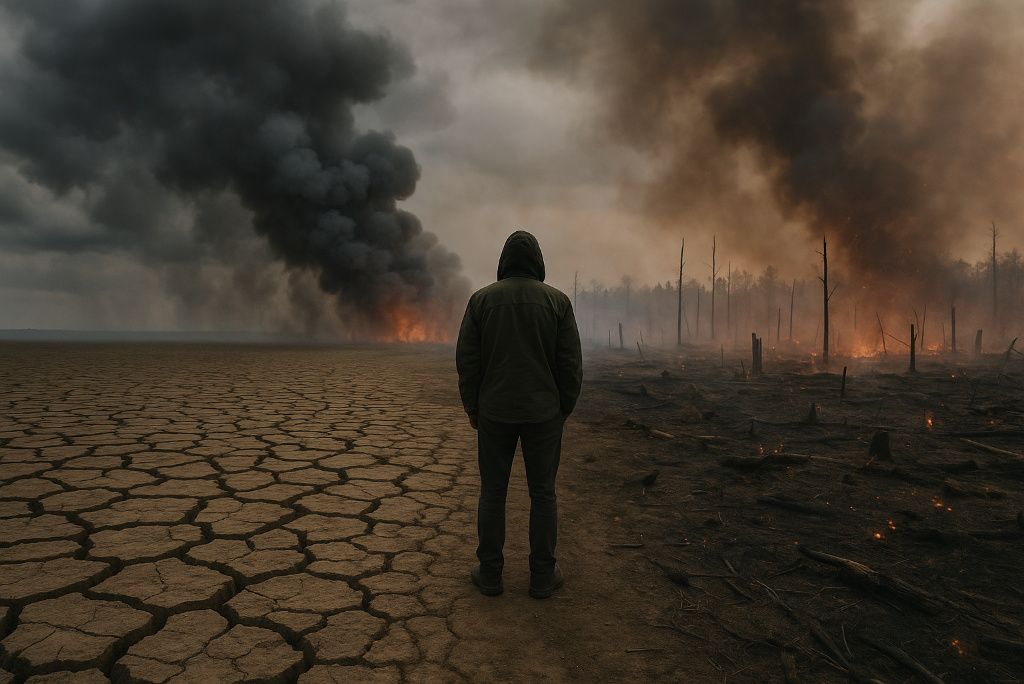
As climate change becomes the defining crisis of the century, artists respond by spotlighting environmental devastation. Olafur Eliasson’s melting ice installations or John Gerrard’s digital simulations of industrial landscapes evoke urgency.
“Climate art” raises awareness, compelling audiences to see data as an emotional narrative. This movement bridges science and creativity, prompting dialogue and policy considerations. A 2021 report in The Guardian highlighted how visual art has become central to environmental activism.
4. Migration and Identity
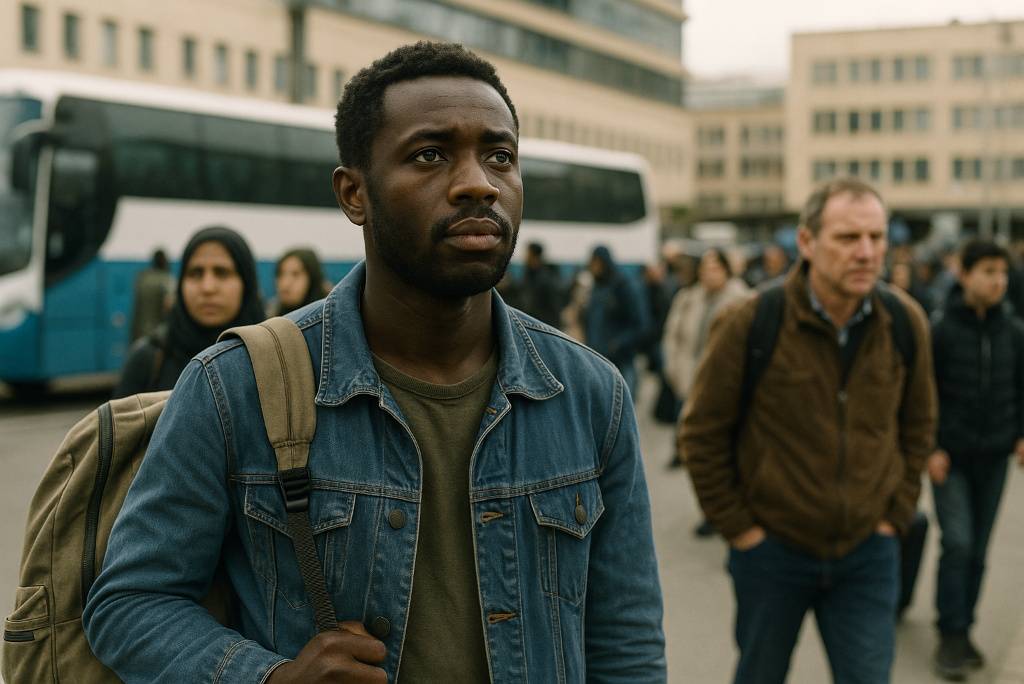
Artists have grappled with themes of displacement and shifting identities due to global migration crises. Ai Weiwei’s installations, such as “Law of the Journey”, use monumental rubber rafts to reflect refugee struggles.
Similarly, El Seed’s Arabic calligraphy murals speak to hybrid identities in diaspora communities. Art becomes a way to reclaim narratives and foster empathy. A study by Brookings Institution underscores art’s power in humanising migration debates.
5. Feminist Art Resurgence
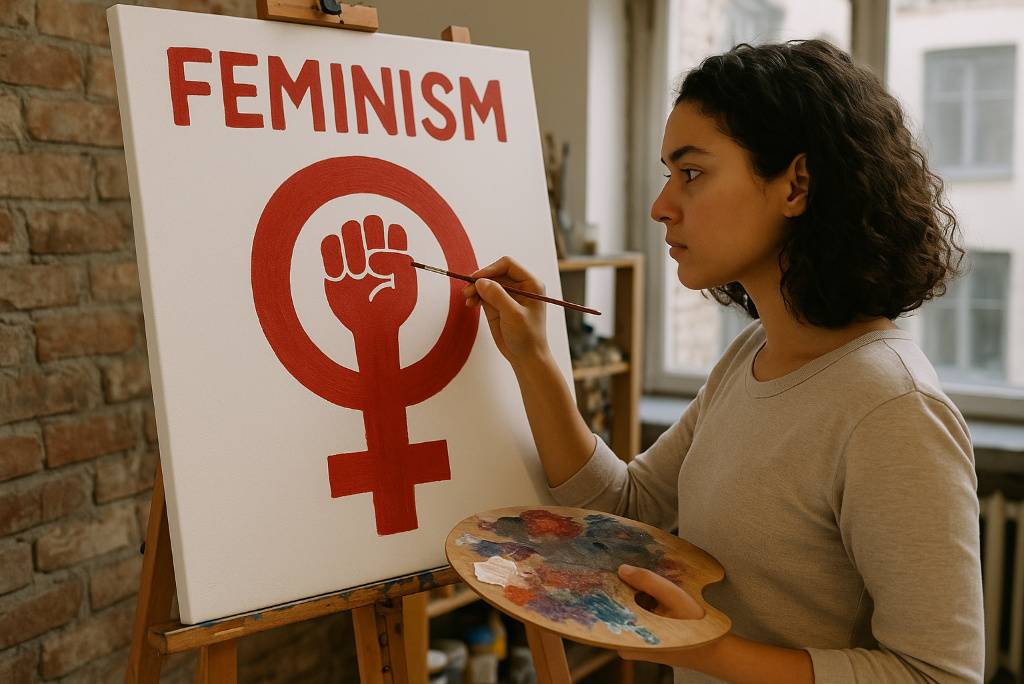
Feminist art saw a new wave in the 21st century, propelled by #MeToo and discussions around gender equity. Artists like Judy Chicago, whose work dates back to the 1970s, have found renewed relevance, while younger artists like Tschabalala Self explore Black female identity through vibrant collages.
Art exhibitions focus on intersectionality, confronting both gender and racial inequalities. Publications like ArtNet News highlight how feminist artists use their work as activism, sparking dialogue and cultural critique.
6. Street Art’s Legitimization
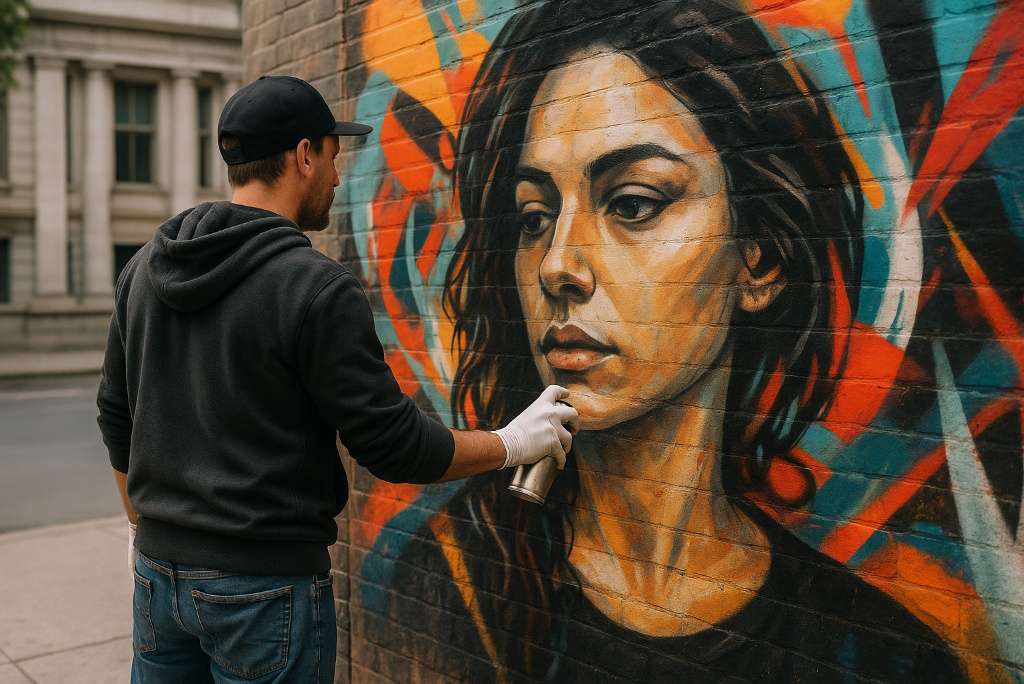
Once dismissed as vandalism, street art has entered major museums and auction houses. Artists like Banksy and Shepard Fairey have blurred the lines between public rebellion and high art commerce. Banksy’s shredded artwork at Sotheby’s in 2018 symbolized both critique and spectacle. Cities now commission murals to revitalize neighborhoods, recognizing graffiti’s power to foster local identity. According to BBC, street art has evolved into a significant cultural force.
7. Post-Colonial Narratives

The 21st century saw an intense reckoning with colonial legacies. Artists from formerly colonized nations produce works reclaiming histories erased or misrepresented. Zanele Muholi documents Black queer experiences in South Africa, while Yinka Shonibare explores Victorian aesthetics to critique colonial power. Museums are under pressure to repatriate artifacts and feature diverse artists. A Tate Modern guide describes post-colonial art as pivotal in rebalancing global cultural narratives.
8. Data Visualization as Art
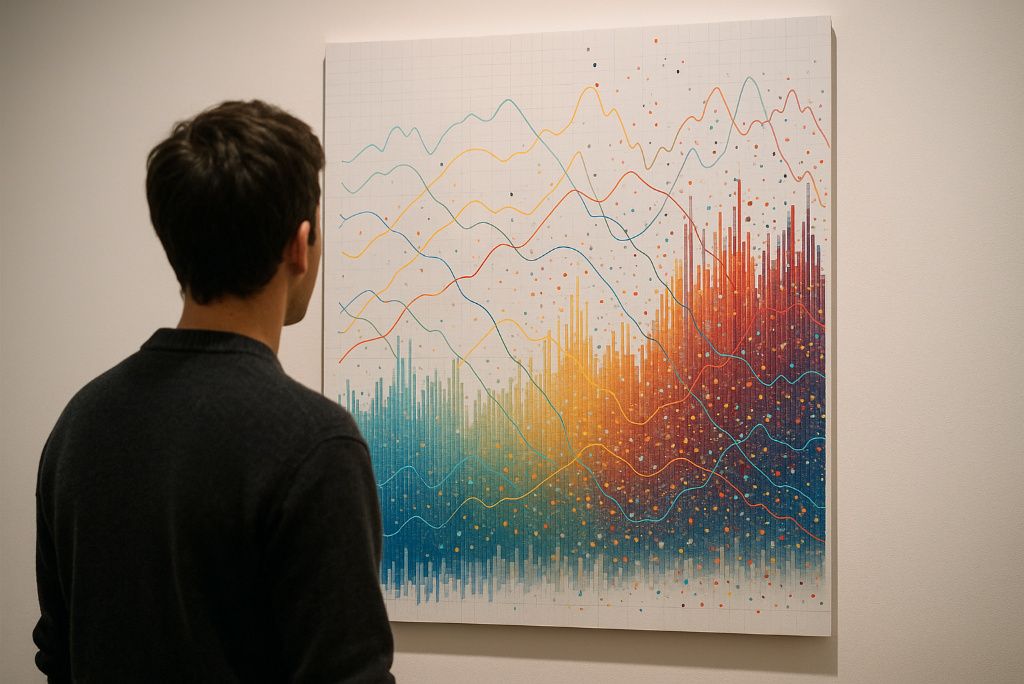
Artists increasingly transform raw data into compelling visual experiences. Works like Laurie Frick’s data-driven portraits or R. Luke DuBois’ “Hindsight is Always 20/20,” which analyzes presidential speeches, turn analytics into art. This genre makes abstract information human and tangible. Art and data have merged, producing aesthetic works that inform and provoke. MIT Technology Review explores how artists are using data to reflect cultural anxieties and aspirations.
9. Virtual Reality (VR) Art
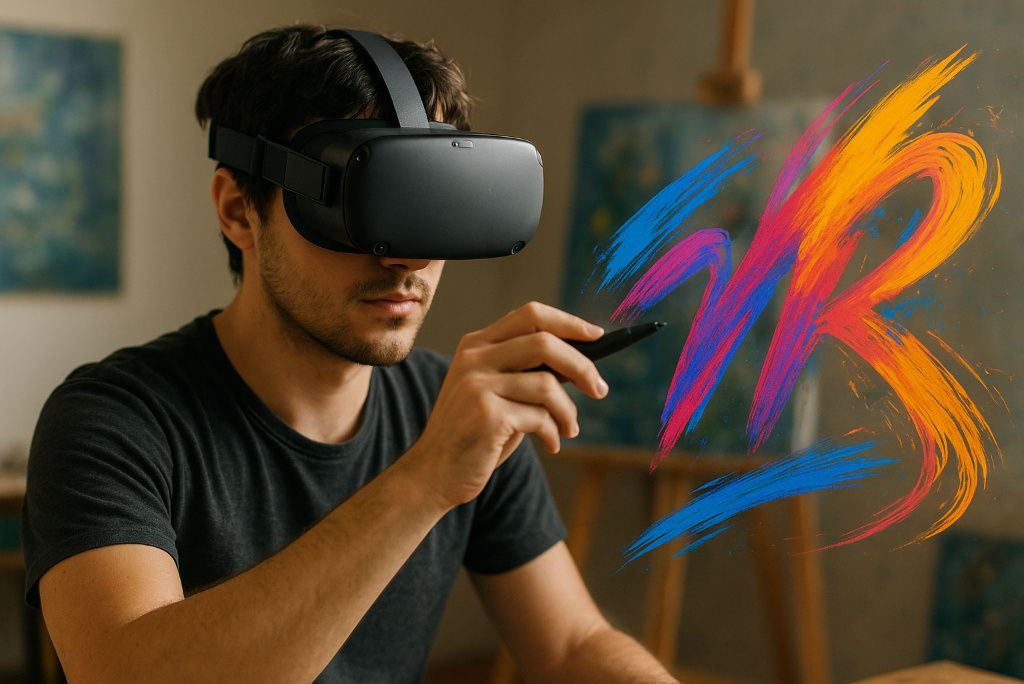
VR art pushes boundaries of perception, allowing audiences to “enter” a painting or installation. Artists like Marina Abramović have experimented with VR performances, while VR exhibitions during the pandemic allowed art lovers to visit galleries virtually. Platforms like Acute Art collaborate with major artists to produce immersive experiences. VR offers new ways to tell stories, creating empathy through presence. Read more on VR art trends in The Art Newspaper.
10. Bio Art
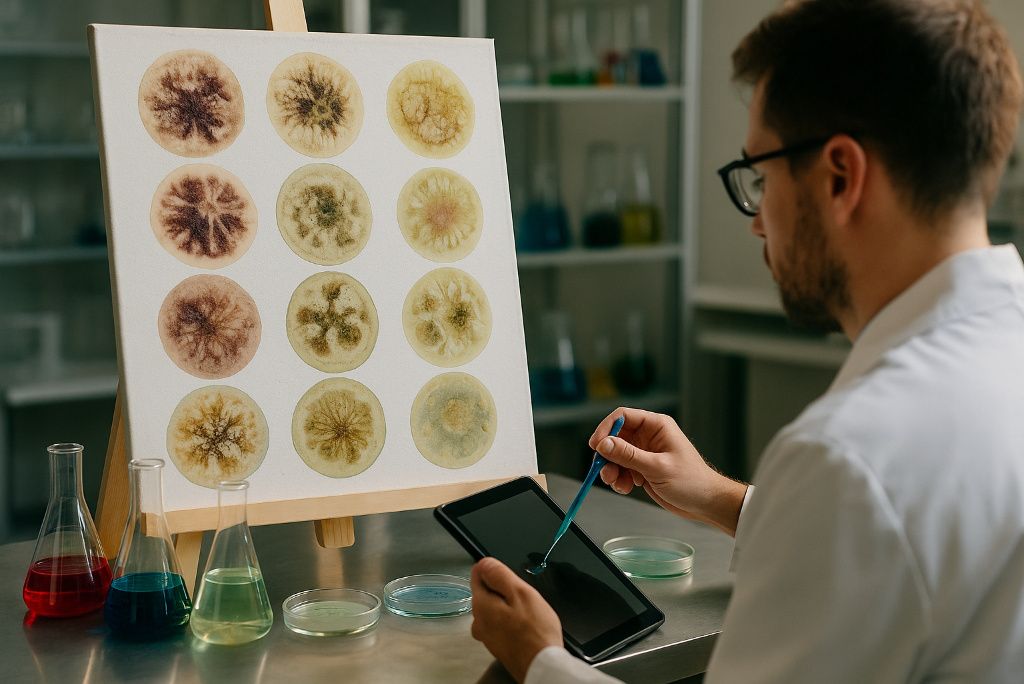
Bio art uses living organisms as creative material. Artists like Eduardo Kac have created glowing rabbits via genetic modification, raising ethical debates. Oron Catts and Ionat Zurr grow “semi-living sculptures” from cultured cells. Bio art explores themes of life, identity, and technology, challenging what it means to be human. According to Nature, bio art opens conversations about biotechnology’s role in society.
11. Pandemic-Inspired Art

COVID-19 inspired a surge of artistic responses worldwide. Window paintings, socially distanced performances, and mask-themed installations documented collective trauma. Artists turned to digital platforms when physical galleries closed. Notably, the Getty Museum’s challenge invited people to recreate famous artworks at home, blending humor and creativity. A feature in The Atlantic illustrates how art became a means of coping and chronicling pandemic life.
12. Globalization’s Artistic Fusion
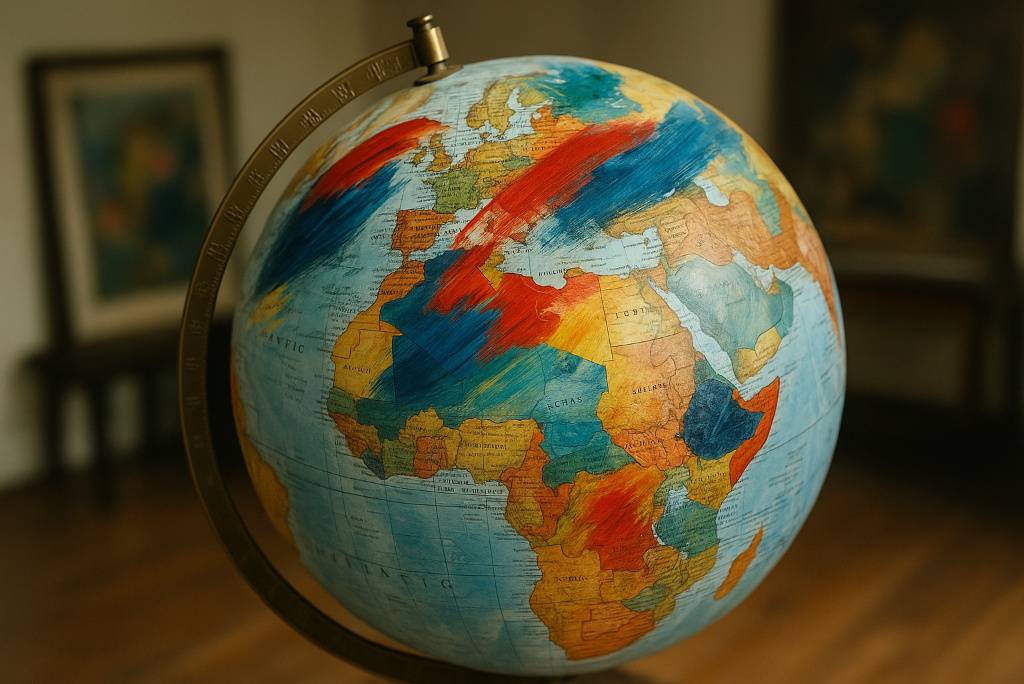
Globalization has fueled artistic cross-pollination. Artists blend traditions from various cultures into hybrid forms. For example, Ghanaian artist El Anatsui uses recycled materials in monumental sculptures that connect African heritage with global modernity. Biennales and art fairs have become hubs for this fusion, showcasing artists whose styles defy national borders. The Art Newspaper discusses how contemporary art increasingly reflects global interconnectedness.
13. Art as Political Protest
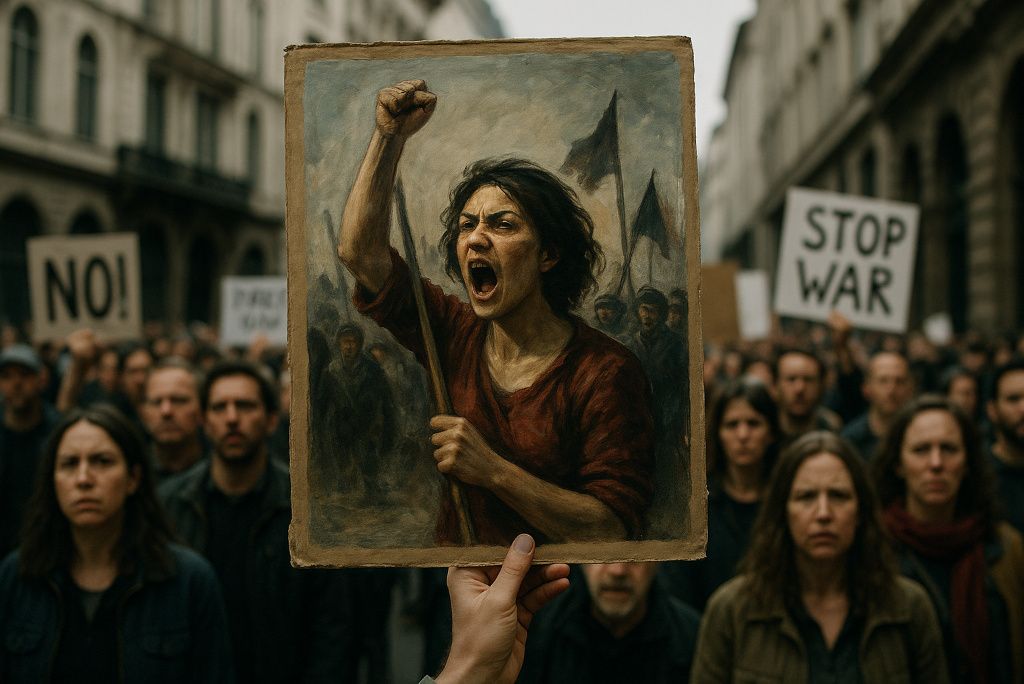
Artists play crucial roles in political protests, often risking arrest or censorship. Russian group Pussy Riot stages performances critiquing Putin’s government, while Hong Kong artists use installations to symbolize pro-democracy struggles. Art becomes both documentation and resistance. A Human Rights Watch report highlights how artistic expression remains vital under oppressive regimes, giving voice to marginalized communities.
14. Technology and AI in Art
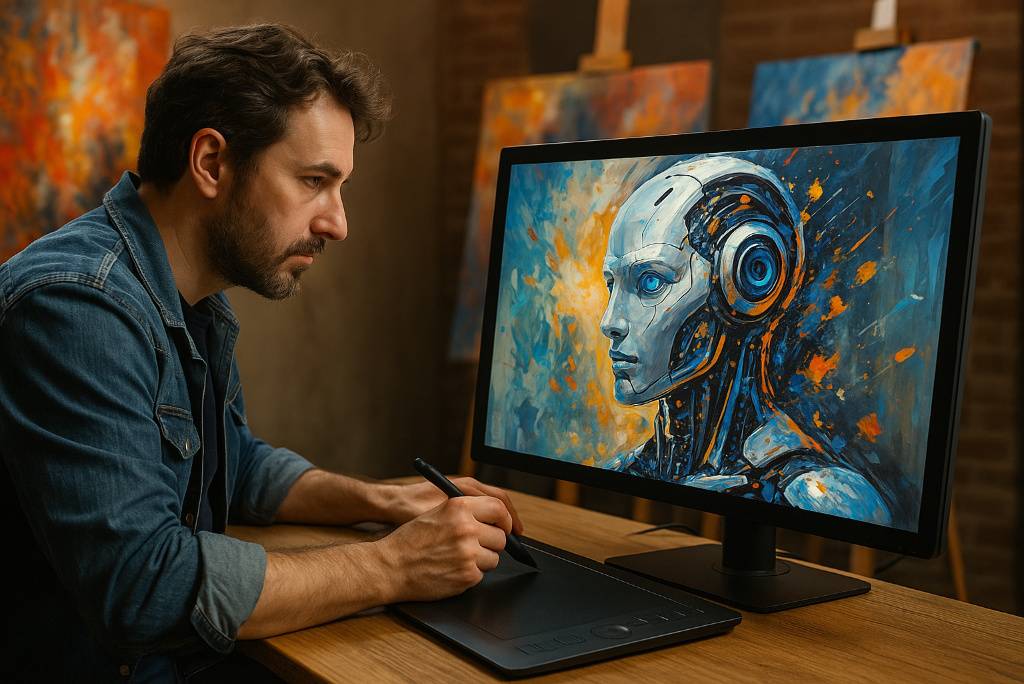
AI has become a co-creator, producing images, poetry, and music. Tools like Midjourney or DALL-E generate stunning visuals, sparking debates about authorship and creativity. Artist Refik Anadol uses AI to create mesmerizing digital environments that analyze massive datasets. While some fear AI might replace artists, others view it as a new brush in the digital palette. Smithsonian Magazine explores AI’s transformative impact on creative industries.
15. Reimagining Museums
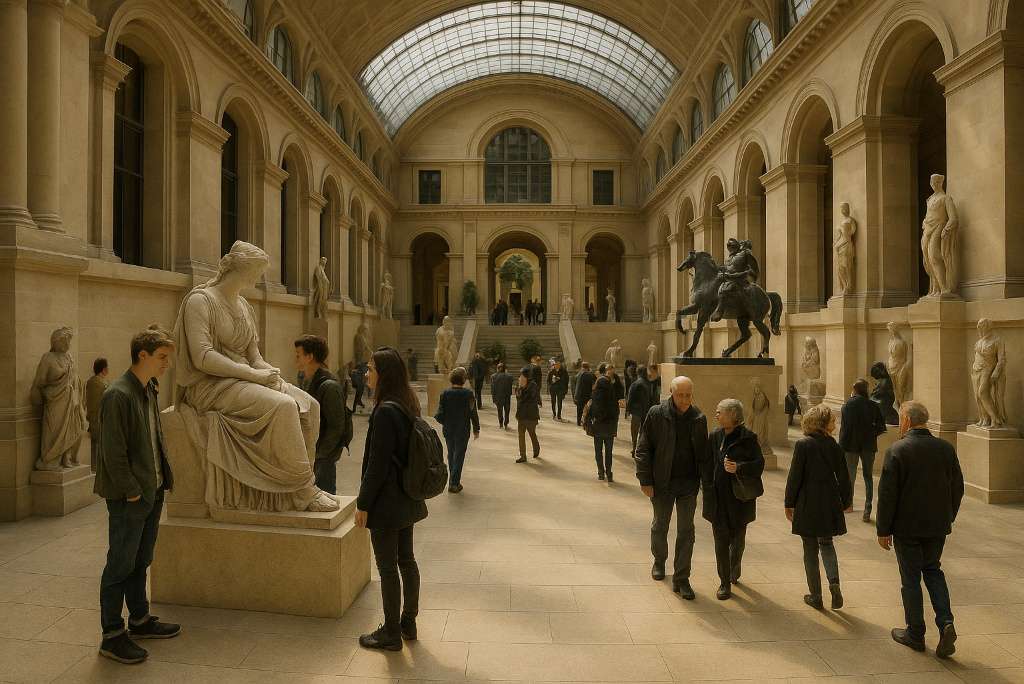
Museums themselves have evolved in the 21st century. Institutions like the Louvre and the British Museum have digitized their collections, making art accessible globally. Exhibits increasingly center marginalized voices, and interactive installations encourage visitor participation. Debates rage over “decolonizing” museums and repatriating artifacts. A New York Times article discusses how museums are redefining themselves to reflect contemporary values and inclusivity.

